You know that feeling when your dog’s tail starts wagging just from hearing their food bowl clink, or how they sprint to the door before you even grab their leash? That’s the magic of routine at work. Dogs thrive on predictability, but here’s the beautiful secret: tiny adjustments to their daily rhythm can transform their entire world.
As someone who’s spent years watching dogs navigate life alongside their humans, I’ve discovered that happiness isn’t always about grand gestures. Sometimes it’s the subtle shifts that make the biggest difference. Routine helps them feel secure, reduces anxiety, and creates a foundation for consistent training and better behavior. Much like humans, dogs feel more comfortable when they know what to expect, and a consistent routine helps to reduce anxiety, improve behavior, and build trust between you and your pet. But what happens when we thoughtfully tweak these routines?
Let’s explore twelve gentle changes that can infuse your dog’s days with more joy, engagement, and contentment. These aren’t overwhelming overhauls – they’re small, meaningful adjustments that respect your dog’s need for stability while adding delightful surprises to their world.
Switch Up Your Walking Routes
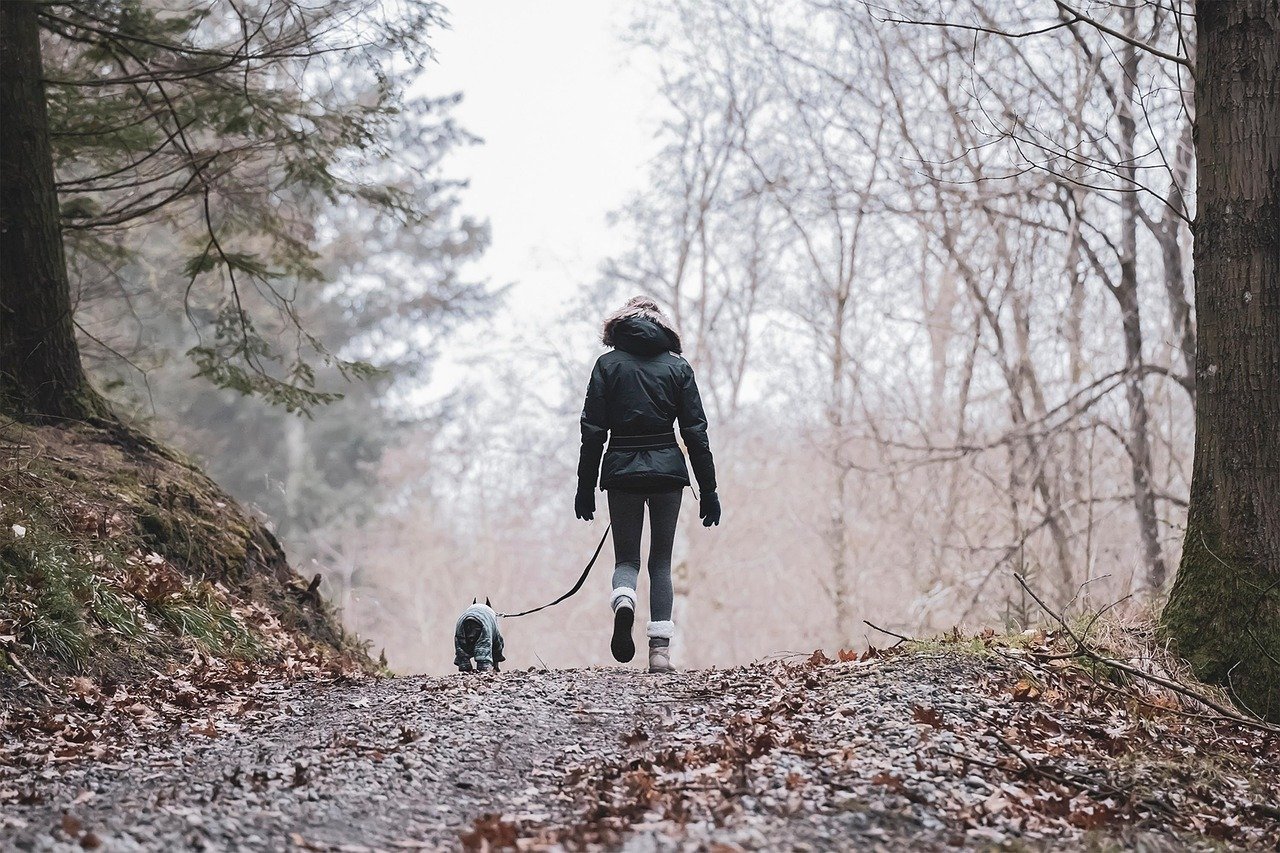
Your dog might seem perfectly content with the same neighborhood loop every morning, but their mind is craving something much more exciting. Have you ever gotten bored doing the same thing over and over again? Dogs do too. This is why changing up your walking route can be very stimulating for them. Walking somewhere new allows them to see and smell new things. Regularly changing your route helps keep things exciting for your dog – which is mentally stimulating.
Try to avoid taking the same walking route every day. Let your dog experience a variety of environments, from sidewalks to dirt roads. This will provide your growing dog with much-needed mental stimulation. Think of it like giving your dog a new book to read every few days. The familiar streets become fresh adventures when approached from different angles, with new scent trails to investigate and different sights to process.
Introduce Sniffing Breaks During Walks

I know how frustrating it can be when your dog stops every few steps to thoroughly investigate a fire hydrant or patch of grass. But here’s what changed my perspective completely: In vet school, I learned that 10-20 minutes of sniffing on a walk can provide significant mental stimulation for a dog, with some research suggesting 15 minutes of sniffing can be as mentally tiring as a much longer walk. Smelling the environment allows a dog to learn what is around them. And it releases endorphins and feel-good chemicals in the brain that increase a dog’s happiness. Sniffing has been shown to not only decrease a dog’s heart rate (decreasing their stress), but research suggests it activates reward pathways in the brain.
Set aside specific walks where you allow your dog to take their time, explore wherever they’d like to go, and sniff all the smells. These walks are less about the distance or time and more about quality, allowing them to take their time and explore the area they’re in. Transform your usual brisk morning walk into a leisurely sniffing adventure once or twice a week. Your dog will thank you for this sensory feast.
Create Puzzle Feeders from Household Items

Mealtime doesn’t have to be a thirty-second gulp-and-go situation. Every meal is an opportunity for enrichment, and food puzzles are a great way to slow down your dog’s eating and provide mental stimulation. You can easily make the following puzzles with household items! Enrichment activities engage a dog’s natural instincts, making mealtime a more satisfying and fulfilling experience. They also add problem solving and mentally stimulating sniffing opportunities to your dog’s day, which helps to reduce arousal levels and promote calmness.
Try hiding kibble in a muffin tin covered with tennis balls, or stuff treats inside empty toilet paper rolls. To play this game, start with a cardboard box and some newspaper or brown packing paper that is ready for recycling. Pick a box that is the appropriate size for your dog’s height so he can snuffle all the way to the bottom. To ease your dog into this game, place treats inside the box with newspaper lightly placed on top. From there you can begin to increase the difficulty level of the game by adding more and more paper, smaller boxes with treats inside, or bunching up balls of paper with treats in the middle. These simple changes turn dinner into an engaging treasure hunt.
Scatter Feed in Different Locations
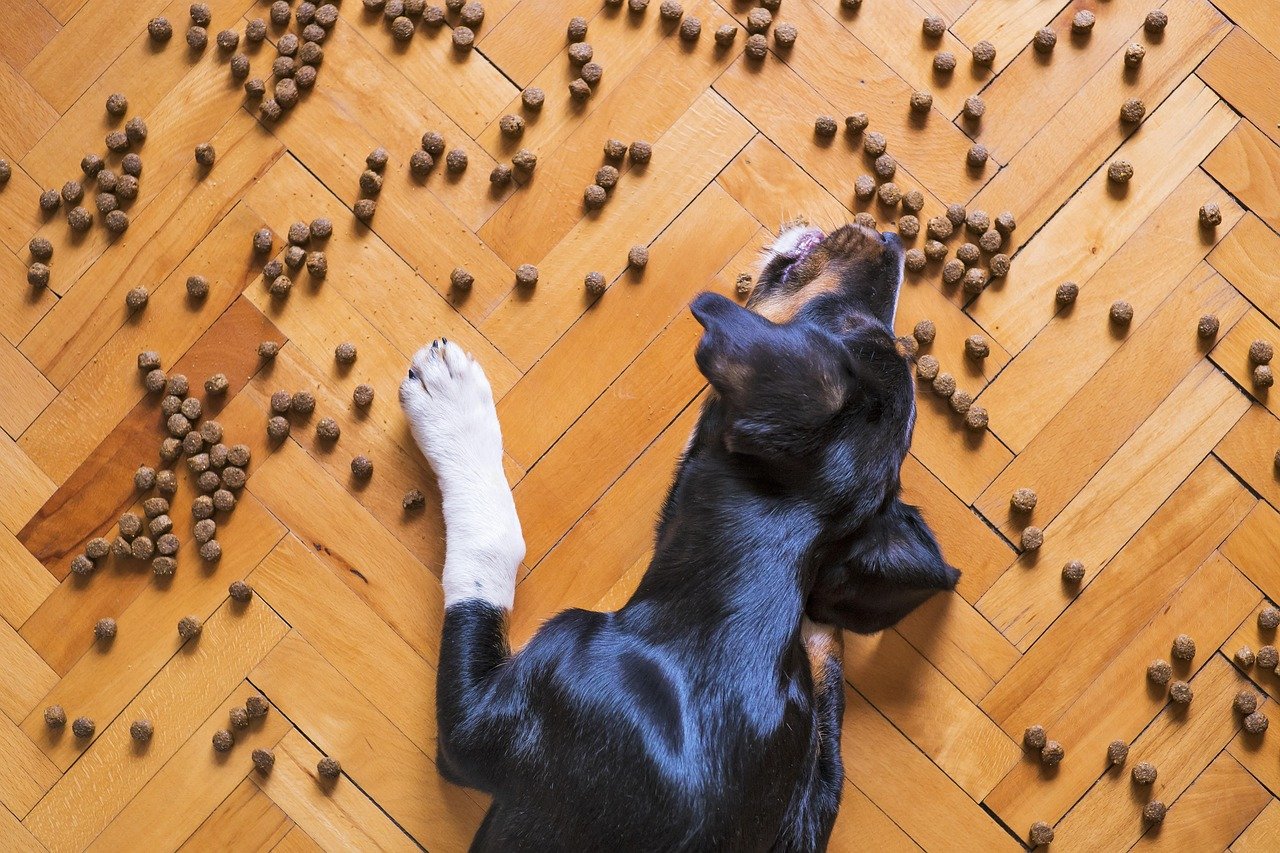
Scatter feeding is an excellent way to provide your dog with mental stimulation while also slowing down their eating. Simply take a handful or more of your dog’s food and scatter it over a safe area for them to seek out. Ideally, you will want to scatter on a lawn where the grass is long enough to hide the food. If you scatter on a short lawn, your dog will use their eyes to find the food rather than engaging the nose. The key is making them work that incredible nose of theirs.
Don’t limit yourself to just the backyard. For scatter feeding, you toss your dog’s dry food out into the yard. You can also do this on a rug indoors if you don’t have outdoor space or if it’s too hot or cold to take your dog out. Scatter feeding requires your dog to use their sense of smell to locate all their food. I do this occasionally and the dogs sniff around for a good 10-15 minutes! Try scattering treats on different textured surfaces – smooth kitchen tiles one day, carpeted areas another, or even on a large towel spread across the living room floor.
Rotate Toys Weekly
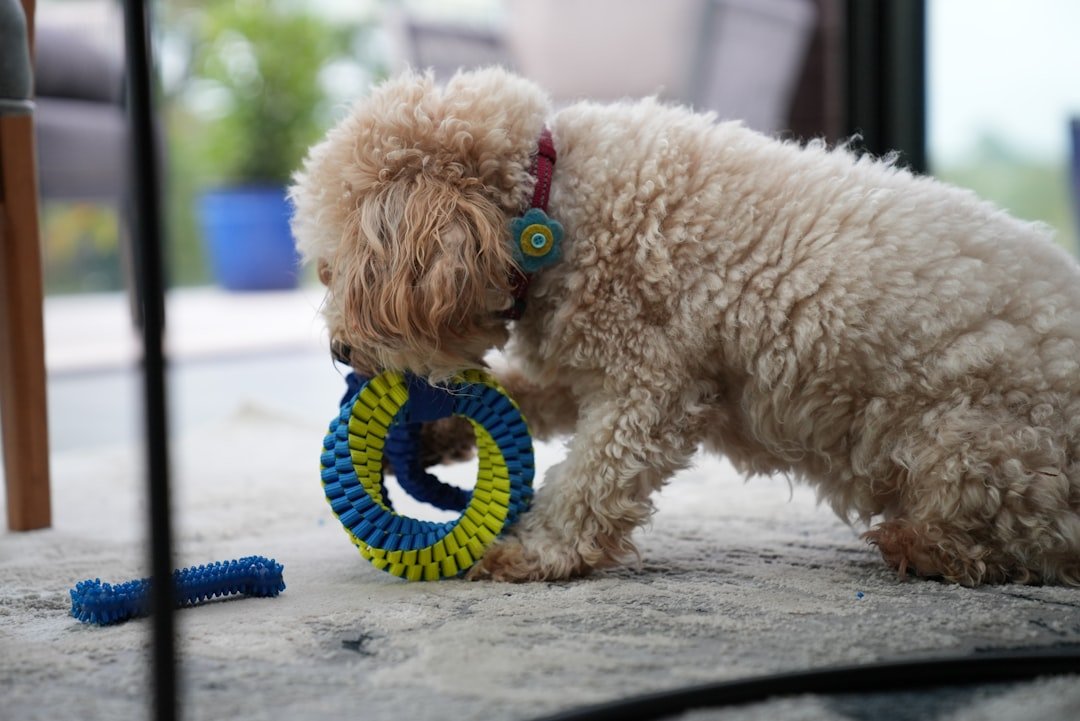
Your dog’s toy box might be overflowing, but chances are they’re only playing with the same two or three favorites. This simple trick keeps your dog’s toys exciting and helps prevent boredom. Each week feels like they’re getting the toys for the first time. Rotate your dog’s toys weekly. This will keep them excited and interested in them. It’s like giving your dog new presents every week without spending a dime.
Divide your dog’s toys into three or four groups and only leave one group out at a time. Store the others out of sight, then swap them weekly. Watch how your dog rediscovers that squeaky duck or rope toy with fresh enthusiasm. This simple rotation maintains novelty and prevents the all-too-common scenario where expensive toys become ignored decorations around your house.
Add Choice Points to Daily Activities

Freedom is a key part of happiness for people, and dogs are no different. However, you likely dictate how your dog spends his time – from when he eats to when he goes to the bathroom. Allowing your dog to make choices in his day-to-day routine can be a great way to bring him happiness. Look for small, safe ways he can make decisions. For example, let him choose which direction to go on your daily walk or which toy to take from his basket.
These micro-choices might seem insignificant to us, but they’re incredibly empowering for dogs. Try holding two different treats and letting them nose the one they want, or offer them the choice between two different walking routes. Even something as simple as letting them decide whether to sit on their bed or the couch can make them feel more in control of their environment and happier overall.
Incorporate Grooming as Bonding Time
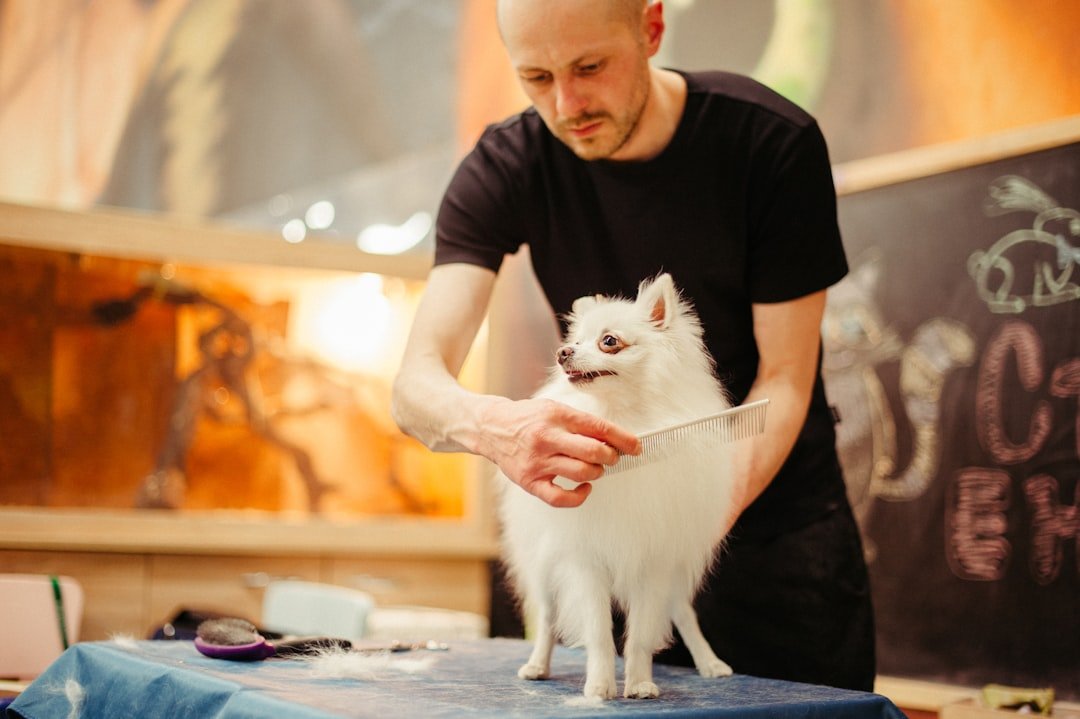
Bathing and grooming can also be indoor enrichment for dogs. A spa day provides different sensations and teaches your dog they can be comfortable when handled, which is especially important when they need to visit the vet for their annual wellness check. Regular brushing not only keeps their fur healthy by removing loose hair and tangles, but it also promotes good circulation and distributes natural oils, which contribute to a shiny, healthy vest. Beyond the physical benefits, the repetitive motion of brushing can help calm an anxious dog, offering mental relaxation and a chance to decompress. For dogs that are not used to brushing, staying still during grooming can also be a way to engage their mind as they learn patience and self-control. Brushing provides both a soothing physical experience and a mindful activity, keeping your dog’s body and mind engaged.
Transform grooming from a necessary chore into a special bonding ritual. Set aside dedicated time when you’re not rushed, play soft music, and make it a calm, positive experience. Some dogs even fall asleep during gentle brushing sessions – it becomes their version of a spa day, complete with individual attention and soothing touch.
Schedule Solo Quiet Time

Scheduling daily alone time with neither people nor other pets nearby is critical to preventing separation anxiety. Use a baby gate or crates to prevent your dog from shadowing you constantly when you’re home. It’s important they have time away from you even when you are at home, to help them get used to spending time alone. This will make it easier for them when you are not there and help to avoid separation anxiety from developing.
Even the most social dogs need downtime to process their experiences and simply rest their minds. Create a comfortable, quiet space where your dog can retreat whenever they need to decompress. This isn’t about isolating them – it’s about giving them the gift of choice and teaching them that being alone is safe and peaceful, not something to fear.
Play Calming Background Music
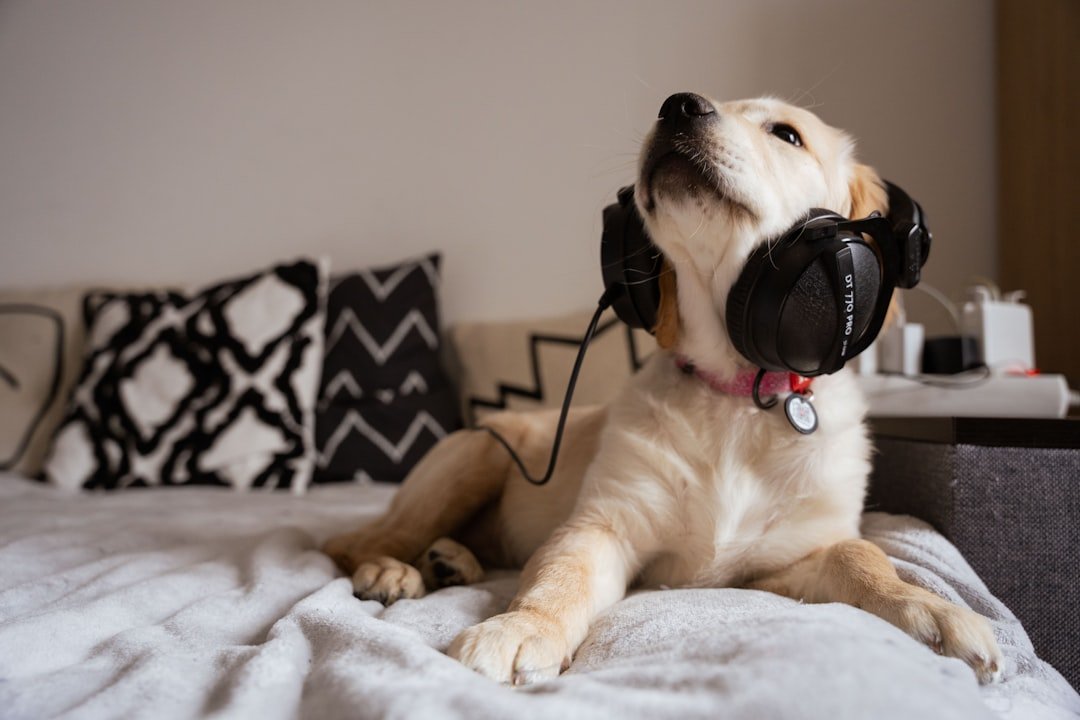
Incorporating music into a dog’s day can have a calming effect, especially when they’re limited to a small space like their crate. Relaxing, classical music can help your anxious dog feel calmer. It might even help lull an energetic puppy to sleep. I leave classical music on for my dogs a few times a week. Studies have shown that certain types of music can actually reduce stress hormones in dogs, much like it does for humans.
Experiment with different genres to see what your dog responds to best – some prefer classical, others seem to enjoy soft rock or even specially composed music for dogs. I also love to play calming music for my dogs when we’re staying in a hotel. The music calms them down in an unfamiliar environment, and it also helps to drown out any noise coming from the hallway! The key is to keep it soft and consistent, creating an audio environment that promotes relaxation.
Create Mini Training Sessions
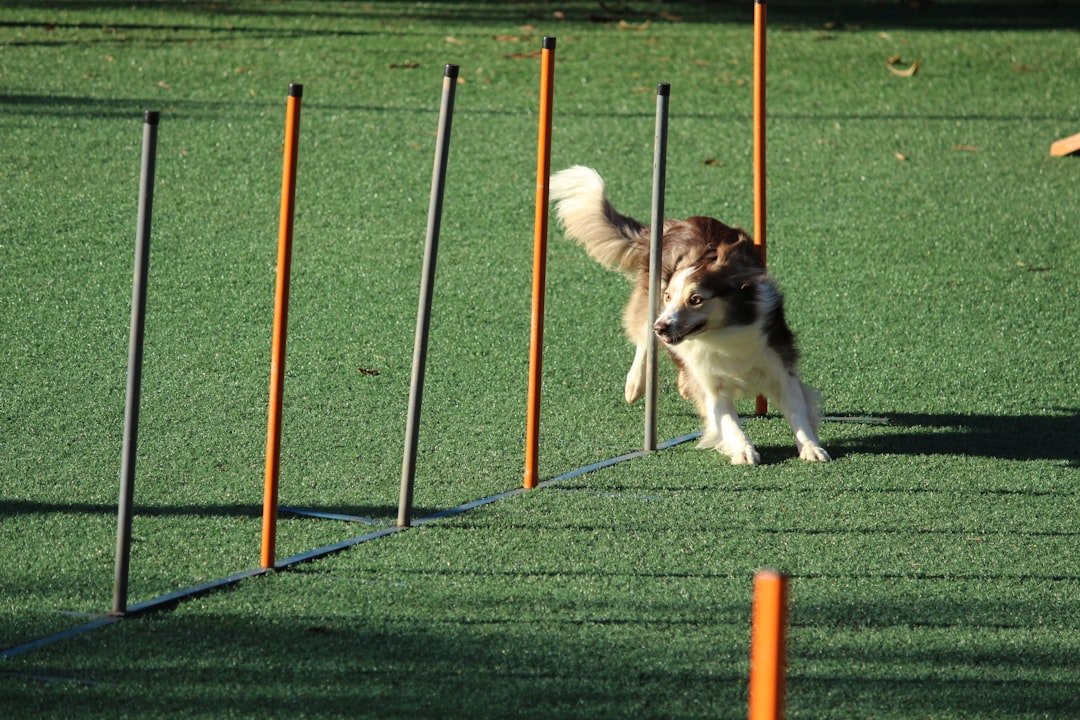
Training is a phenomenal way to mentally stimulate and exhaust your dog. Most dogs need at least 20 minutes of mental stimulation per day, but if your dog enjoys more, that certainly won’t hurt them! But instead of long, intensive sessions, try breaking training into small, five-minute bursts throughout the day. This approach keeps your dog engaged without overwhelming them.
Focus on one simple skill or trick during each mini-session – maybe working on “stay” while you prepare their breakfast, or practicing “touch” commands during commercial breaks. You can also add more mental enrichment for your dog by providing puzzle toys or playing and training together. Spending time practicing tricks or basic obedience skills each day can help your dog be fulfilled and less stressed by other changes in their routine. These short bursts are easier to fit into busy schedules and keep training feeling fun rather than like work.
Establish Consistent Wake-Up Rituals

You may not have to be up quite as early on the days you are working from home. But to keep to the same morning routine with your dog before work, you should feed and walk your pooch at around the same time every morning. The beauty lies not just in consistency, but in creating meaningful rituals that your dog can anticipate with excitement.
Maybe your morning routine includes a specific greeting style, a particular order of activities, or even a special “good morning” treat. They observe daily cues – like daylight changes, your body language, and household activity patterns – to anticipate what’s coming next. When those cues follow a consistent pattern, your dog learns to expect what happens when, which provides emotional stability and reduces reactivity. Dogs find immense comfort in knowing what comes next, and a predictable start to each day sets a positive tone for everything that follows.
End Each Day with Connection Time
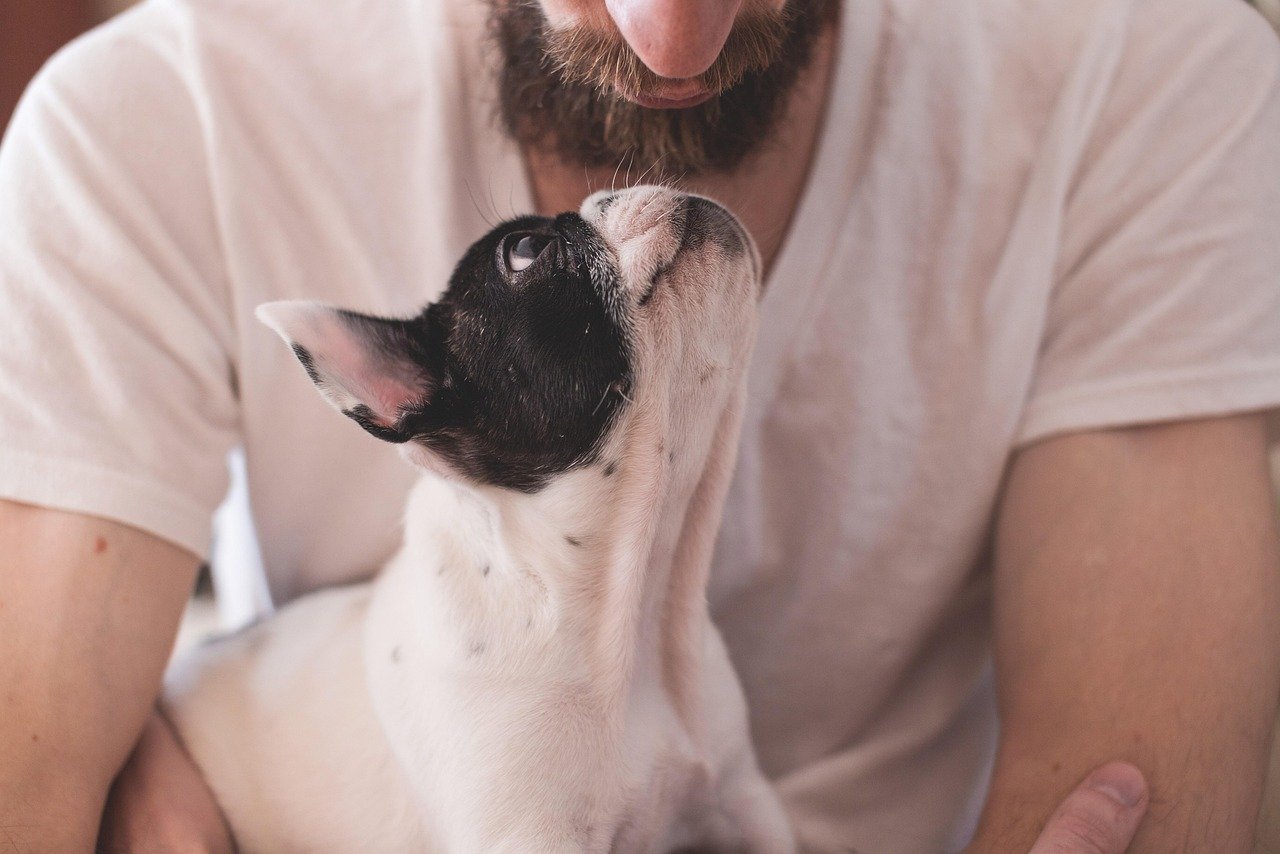
The evening is another perfect opportunity to spend some quality time with your pooch. Start by feeding them. Once back, you can hang out together. This may be playing, or it could be snuggling up on the sofa. After a day of various activities and perhaps some time apart, your dog craves reconnection with their favorite human.
This doesn’t have to be elaborate – it could be gentle massage, quiet cuddle time, or even just sitting together while you read or watch TV. The key is making this time intentional and consistent. At the end of the day, nothing beats the joy of spending quality time with your dog. Human interaction is the most enriching experience they can have. Whether you’re playing, training, or simply relaxing together, you are your dog’s favorite part of their world. This connection time reinforces your bond and helps your dog wind down peacefully.
Conclusion

The most profound changes often come from the smallest adjustments. These twelve routine tweaks aren’t about revolutionizing your dog’s entire lifestyle – they’re about recognizing that happiness lives in the details. Your dog doesn’t need elaborate entertainment systems or expensive gadgets to thrive. They need thoughtful attention to their natural instincts, gentle variety within familiar structure, and most importantly, the security of knowing that their needs matter to you.
Remember, every dog is unique. Some might absolutely love puzzle feeders while others prefer simple scatter feeding. Some dogs will embrace new walking routes with enthusiasm, while others need more time to warm up to changes. The beauty lies in paying attention to your individual dog’s responses and adjusting accordingly. Start with just one or two changes, observe how your dog responds, and gradually incorporate others.
Your dog’s happiness isn’t just about their well-being – it enriches your entire household. A mentally stimulated, emotionally satisfied dog is more relaxed, better behaved, and more enjoyable to live with. These small routine changes create ripple effects of joy that extend far beyond those precious moments together. What small change will you try first with your furry best friend?






